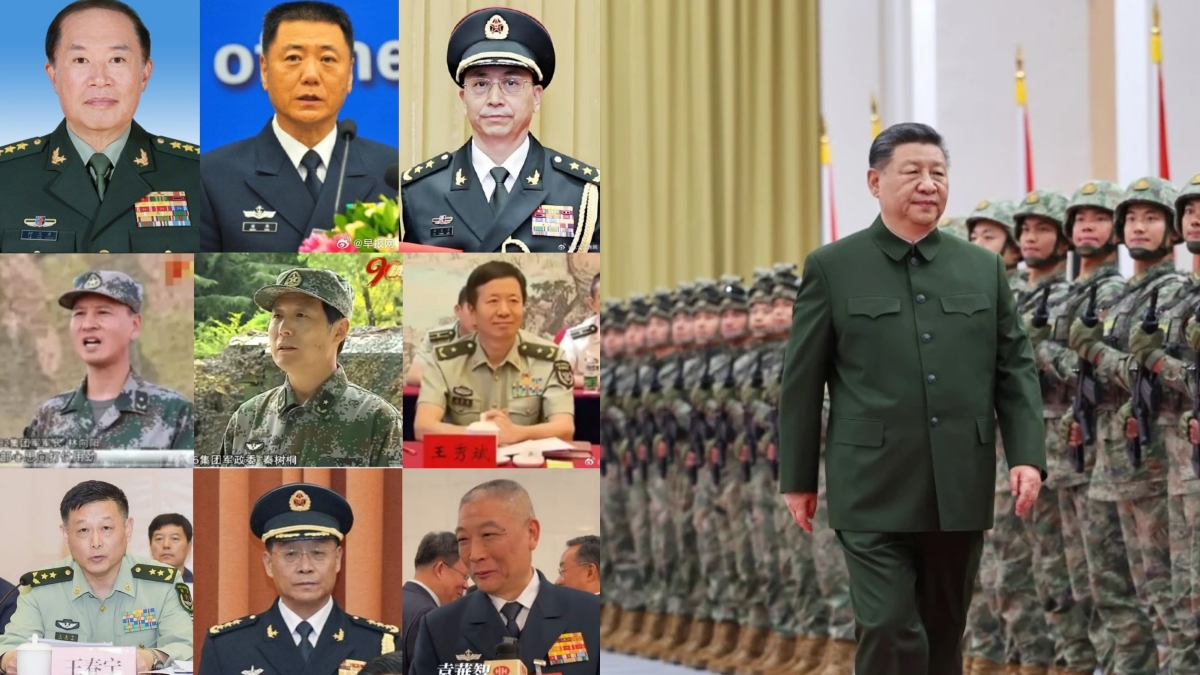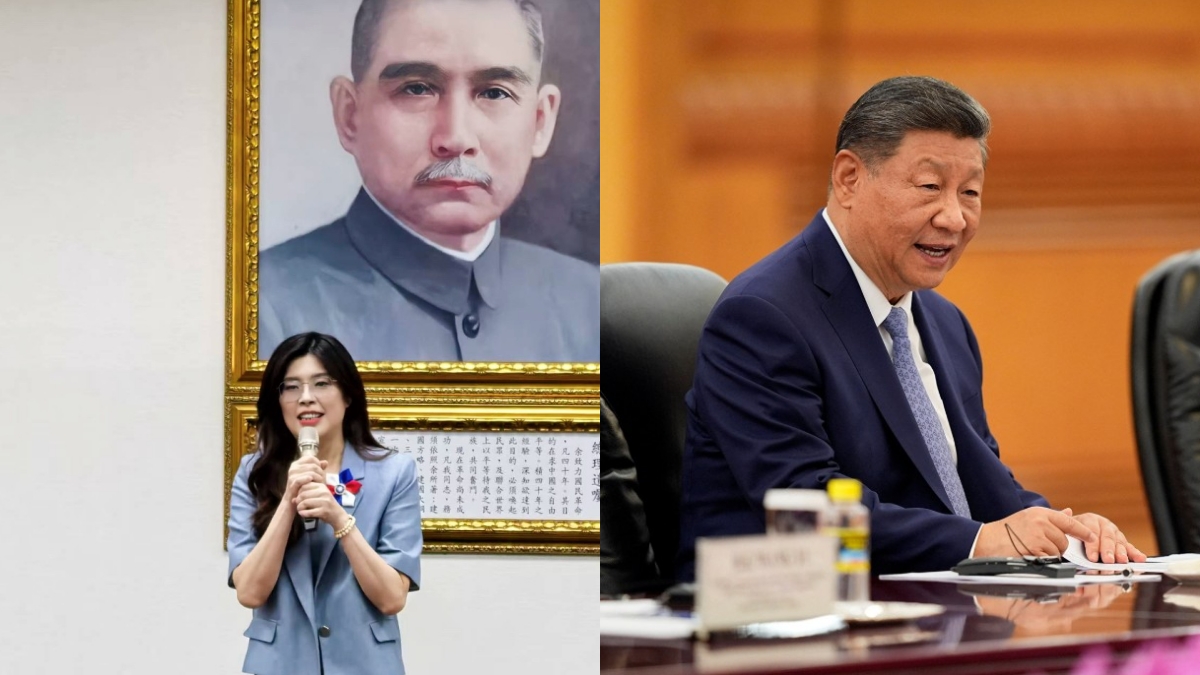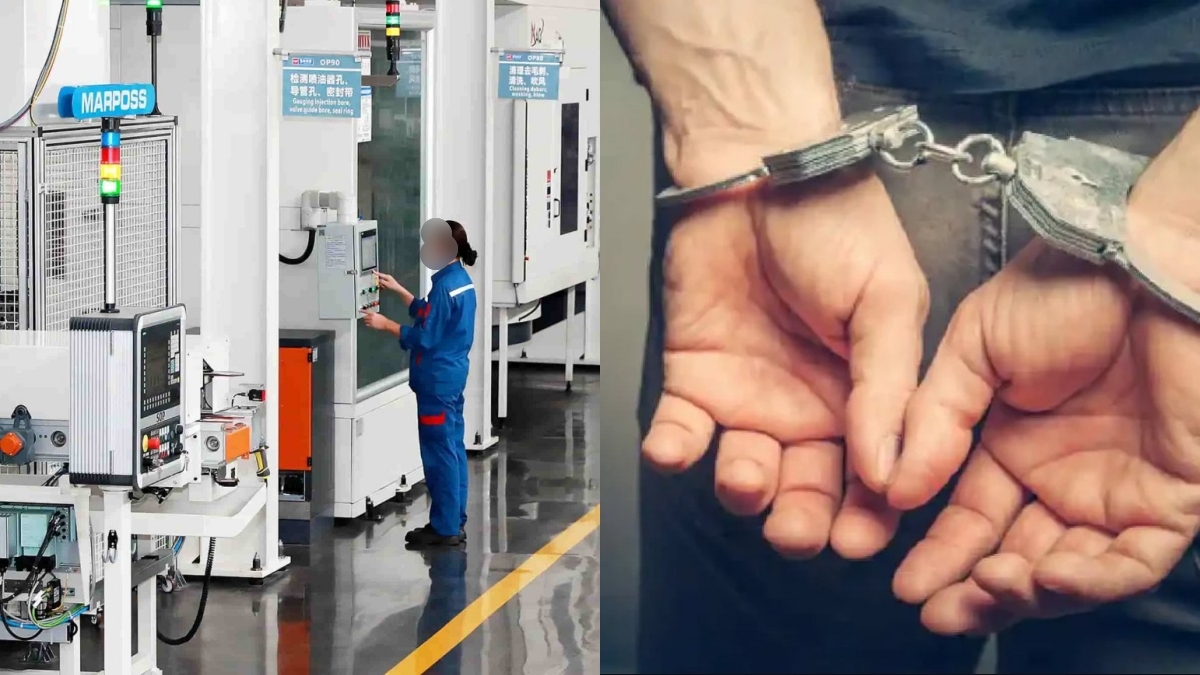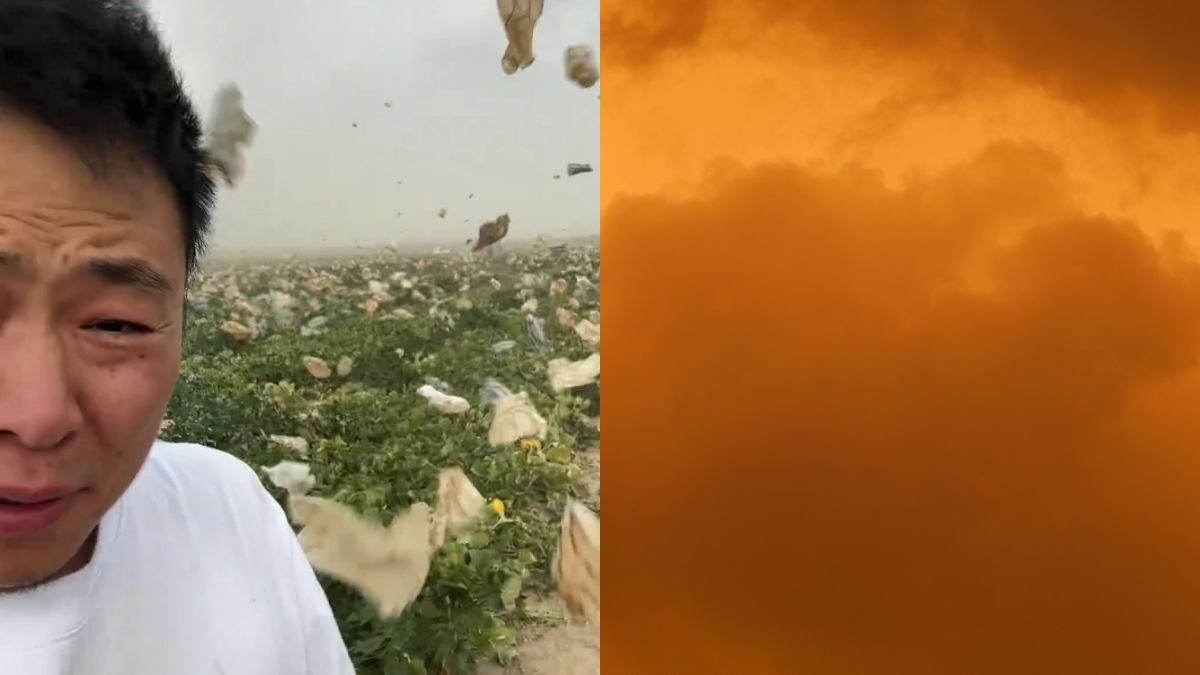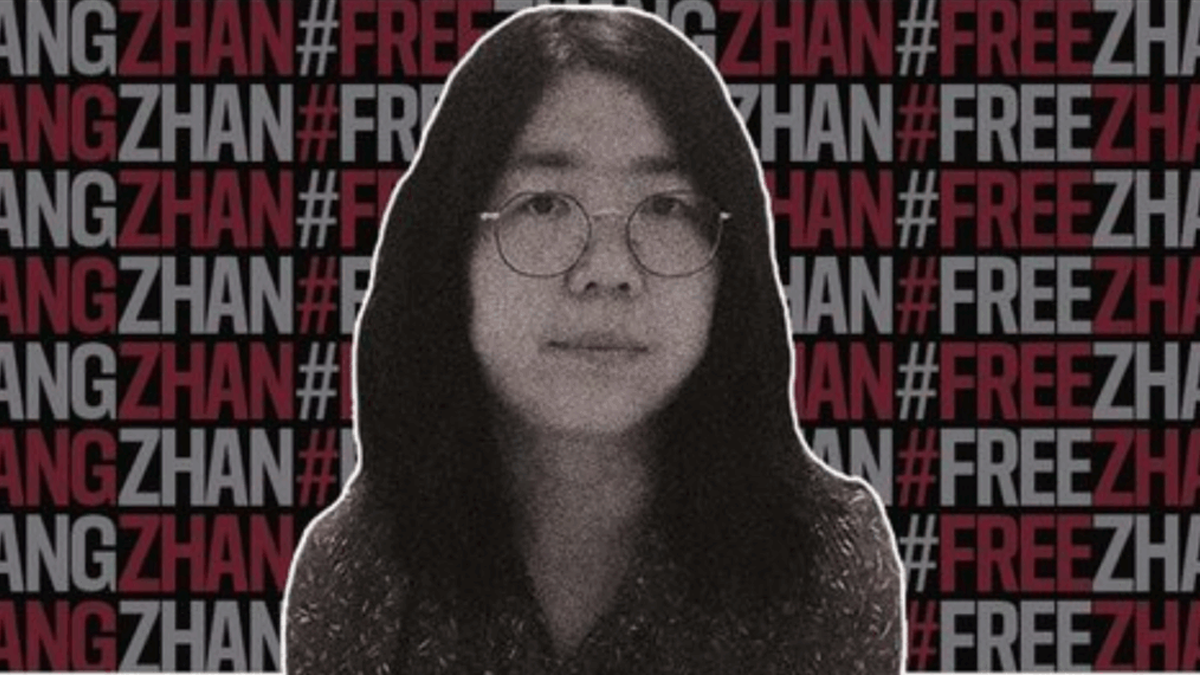US, China reach draft trade deal on rare earths and visas, Trump says
The United States and China have reached a draft trade agreement addressing critical issues over rare earth supplies and student visas. The deal, announced after talks in London, offers relief to US defence contractors concerned about supply chain vulnerabilities.
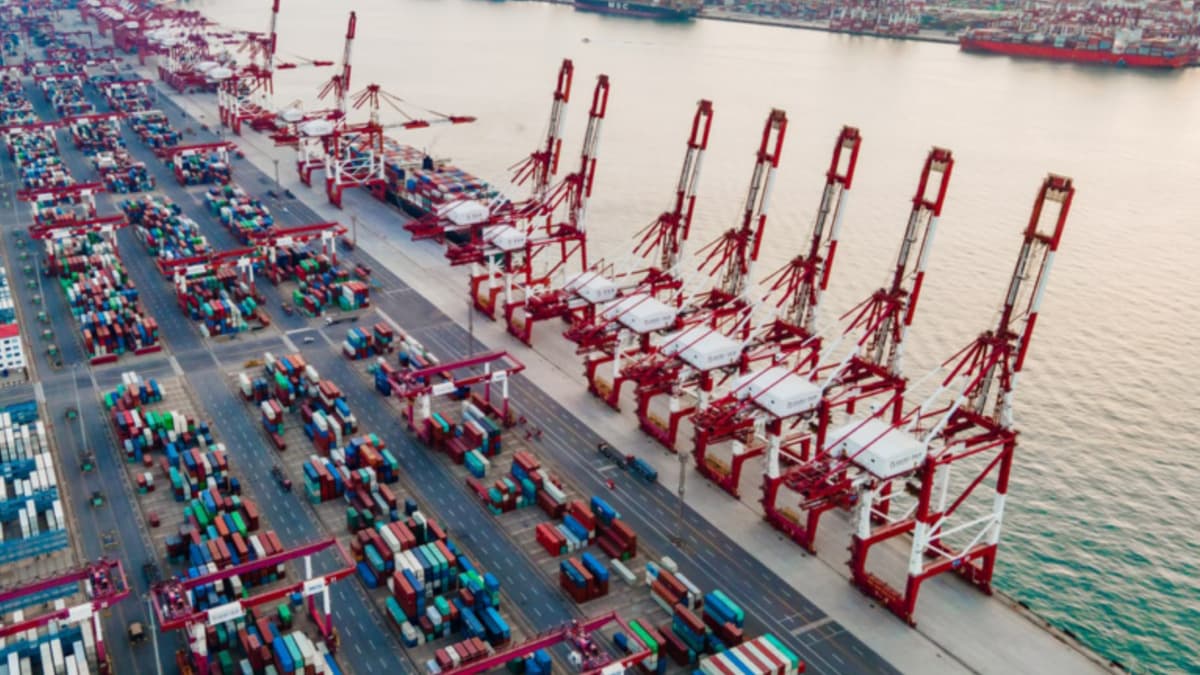
- US President Donald Trump announces draft trade deal with China after talks in London.
- Agreement includes guaranteed Chinese supplies of rare earth minerals and magnets for US defence production.
- US tariffs to stabilise at 55%, while Beijing eases restrictions on student visas.
- China had previously restricted rare earth exports and barred 15 US defence-linked entities.
- Deal seen as a relief for the US defence sector but viewed as limited in scope.
The United States and China have reached a draft trade agreement that seeks to resolve major disputes over rare earth supplies and student visa restrictions.
The agreement, though still awaiting final approval from leaders on both sides, was revealed after two days of negotiations in London.
In a statement on Truth Social, US President Donald Trump declared: “Our deal with China is done, subject to final approval with President Xi and me. Full magnets, and any necessary rare earths, will be supplied, up front, by China.”
The announcement marks a potential breakthrough in one of the most contentious elements of the ongoing US-China trade war. Rare earth minerals are vital to advanced weapons systems and critical technologies, while student visas have become an increasingly politicised point of contention between the two nations.
Relief for US defence sector
The draft deal has been welcomed as a relief for US defence contractors, many of whom depend on Chinese-supplied rare earth elements. Companies such as Lockheed Martin rely entirely on Chinese sources of samarium, a metal used in advanced fighter jets, submarines, and missile systems.
According to Gracelin Baskaran of the Center for Strategic and International Studies (CSIS), rare earths underpin a wide range of US military platforms, including F-35 fighter aircraft, Virginia- and Columbia-class submarines, Tomahawk cruise missiles, radar systems, drones, and precision-guided munitions.
“The United States is already on the back foot when it comes to manufacturing these defence technologies,” Baskaran said. “China is expanding its munitions production five to six times faster than the US. While China is preparing with a wartime mindset, the United States continues to operate under peacetime conditions.”
China’s restrictions and US concerns
Earlier in the trade dispute, China had imposed export restrictions on seven rare earth elements and limited access to 15 defence-related US entities. The measures caused alarm in Washington, where the Pentagon has long identified rare earth dependence as a national security risk.
The Pentagon’s worries are compounded by the depletion of US weapons stockpiles following deliveries to Ukraine and Israel. These transfers have raised concerns about the ability of the United States to replenish its arsenal in the event of a large-scale conflict.
In 2019, Trump directed the Department of Defense to identify alternative sources of rare earths, particularly samarium, but progress has been slow. Domestic mining and refining capacity remain insufficient to replace Chinese supply.
Apex Magnets, a specialist supplier, underscored the significance of the issue, noting that rare earth magnets are critical components in guided missiles, smart bombs, and military aircraft.
Tariffs and trade war context
The US-China trade war, which escalated earlier this year, saw both countries impose heavy tariffs that disrupted global markets. In May, a temporary truce in Geneva reduced US tariffs from a peak of 145% down to 30%, while China lowered its tariffs to 10%.
However, Beijing maintained tight control over rare earth export licences, keeping pressure on US defence and automotive industries.
Trump has now confirmed that under the draft agreement, US tariffs will stabilise at 55%, a level incorporating earlier tariffs from his first term. In return, China will guarantee supplies of rare earths and magnets essential to US military manufacturing.
Student visa bargaining
The draft agreement also addresses another sensitive area: student visas. During negotiations, US Secretary of State Marco Rubio reportedly threatened to revoke hundreds of thousands of visas held by Chinese students.
Publicly framed as a national security measure to counter alleged espionage, the threat was viewed as a bargaining tactic tied to rare earths.
Beijing has consistently objected to US restrictions on Chinese students, particularly those in science and technology disciplines. Under the new framework, the US has agreed to ease back on these restrictions.
Political framing and reactions
White House press secretary Karoline Leavitt said Trump was reviewing the draft deal but expressed optimism. “What the president heard, he liked,” she said.
Treasury Secretary Scott Bessent and Commerce Secretary Howard Lutnick both stressed that while the framework represents meaningful progress, it will not resolve all outstanding disputes.
Lutnick told CNBC the deal “cleaned up” the earlier Geneva framework and reassured markets that both sides were “totally on the right track.”
Limited scope, ongoing challenges
Despite positive reactions, analysts caution that the draft deal is limited in scope. While it provides short-term relief to defence contractors and offers concessions on visas, it does not address broader structural trade tensions or the issue of technological competition.
The timing of the announcement is politically notable. Trump is scheduled to preside over a military parade in Washington DC this weekend, an event widely interpreted as a showcase of US military might and a message aimed at both domestic voters and international audiences.
Observers point out that final approval from both Trump and Chinese President Xi Jinping is still required. Until then, the framework remains provisional.

